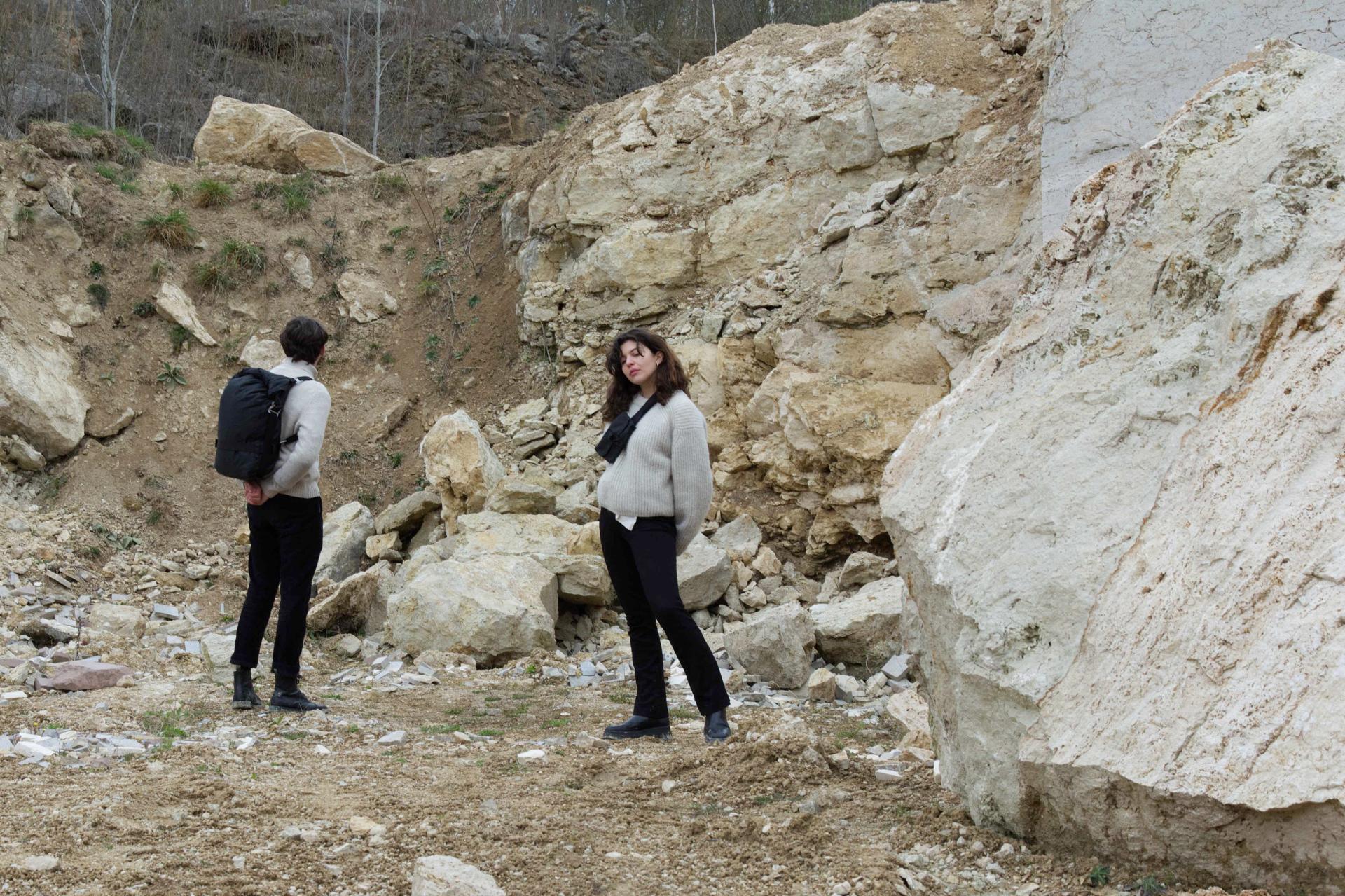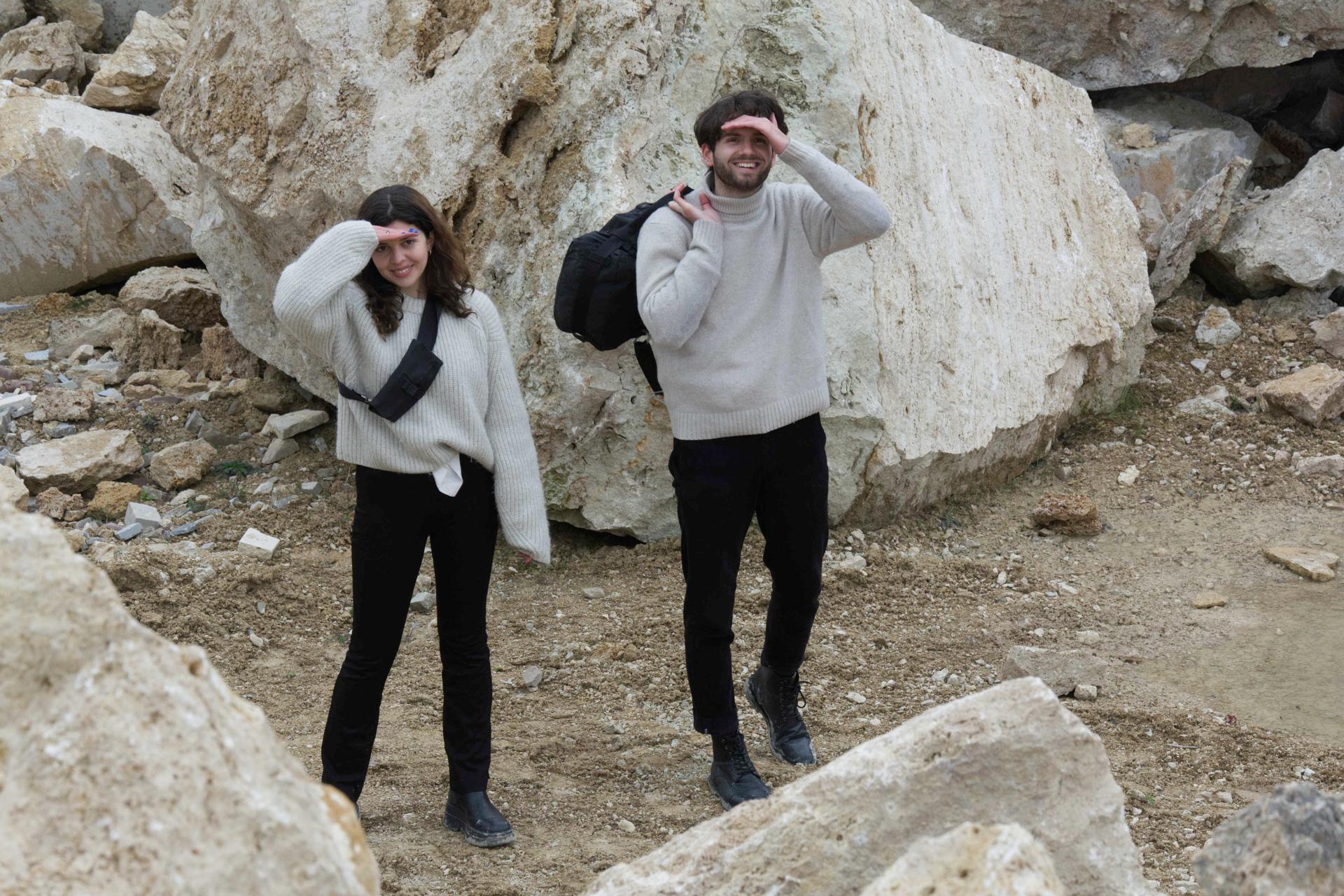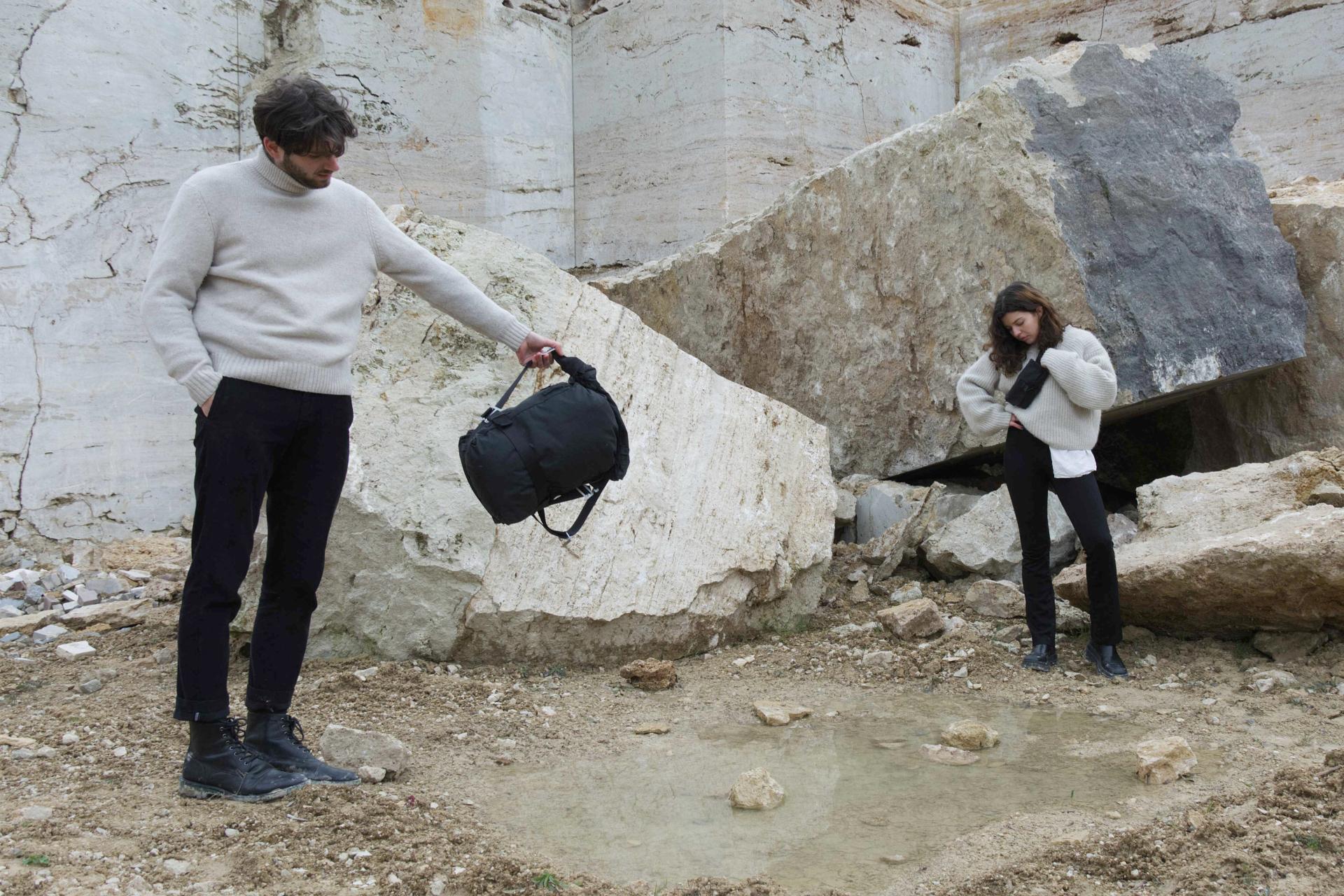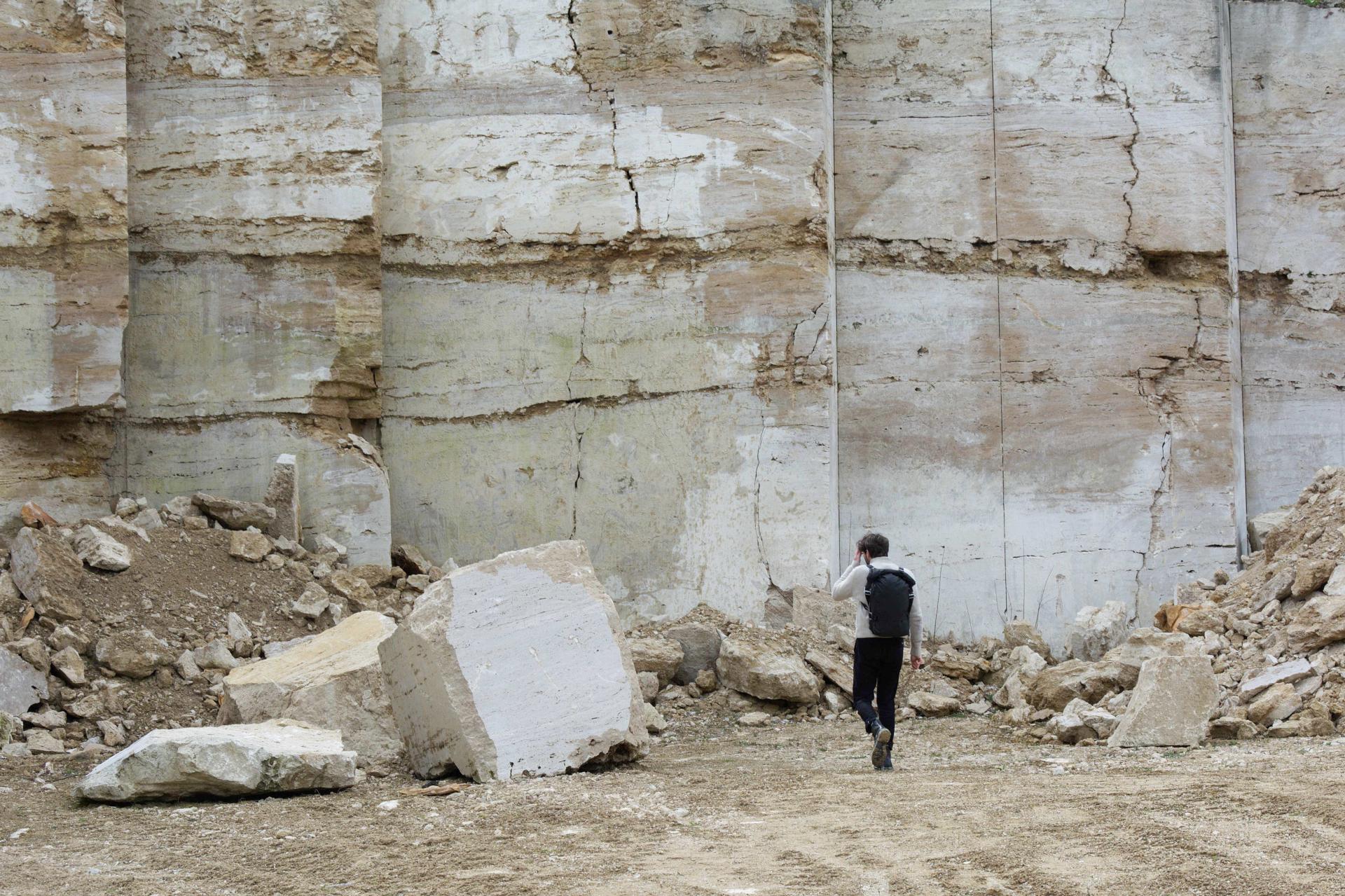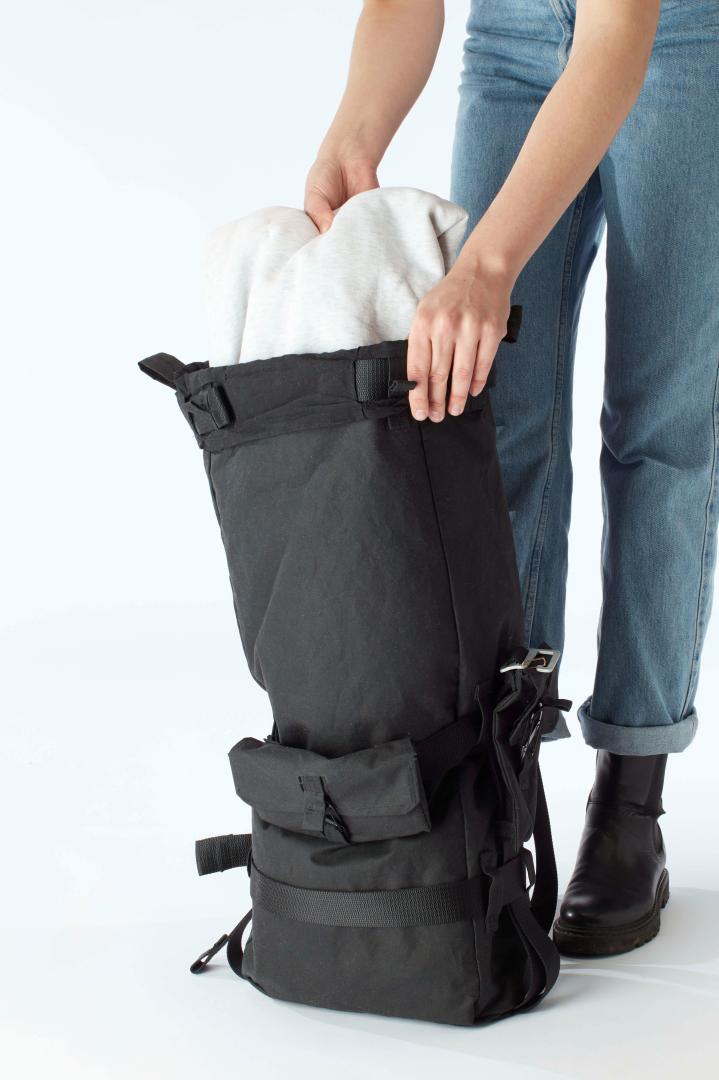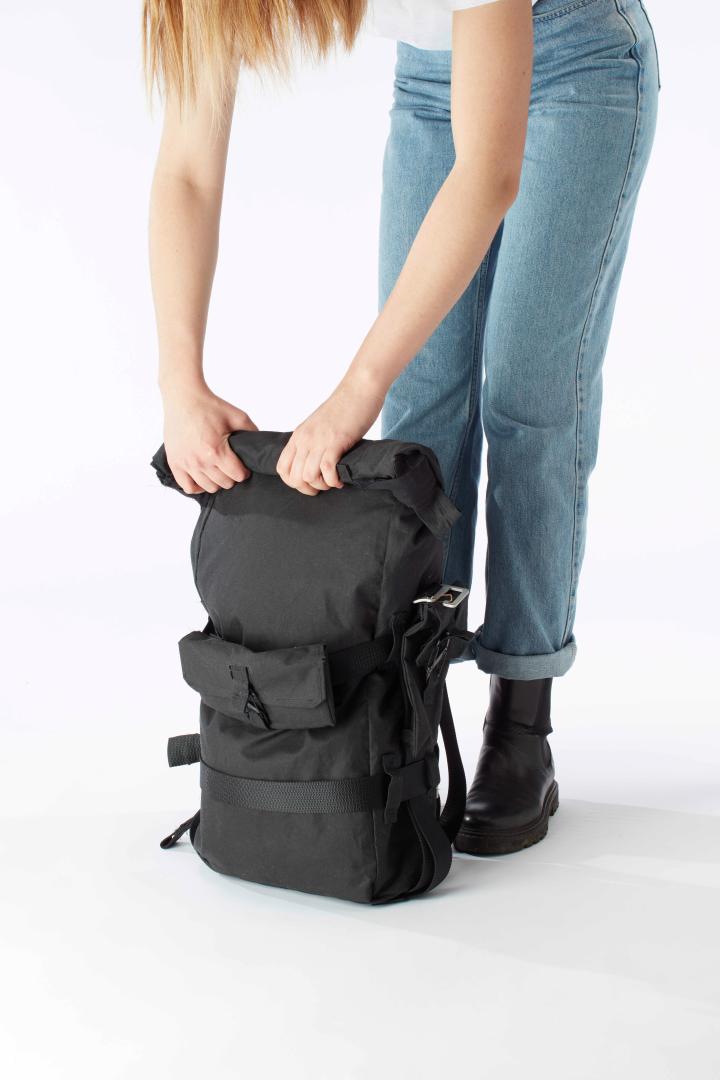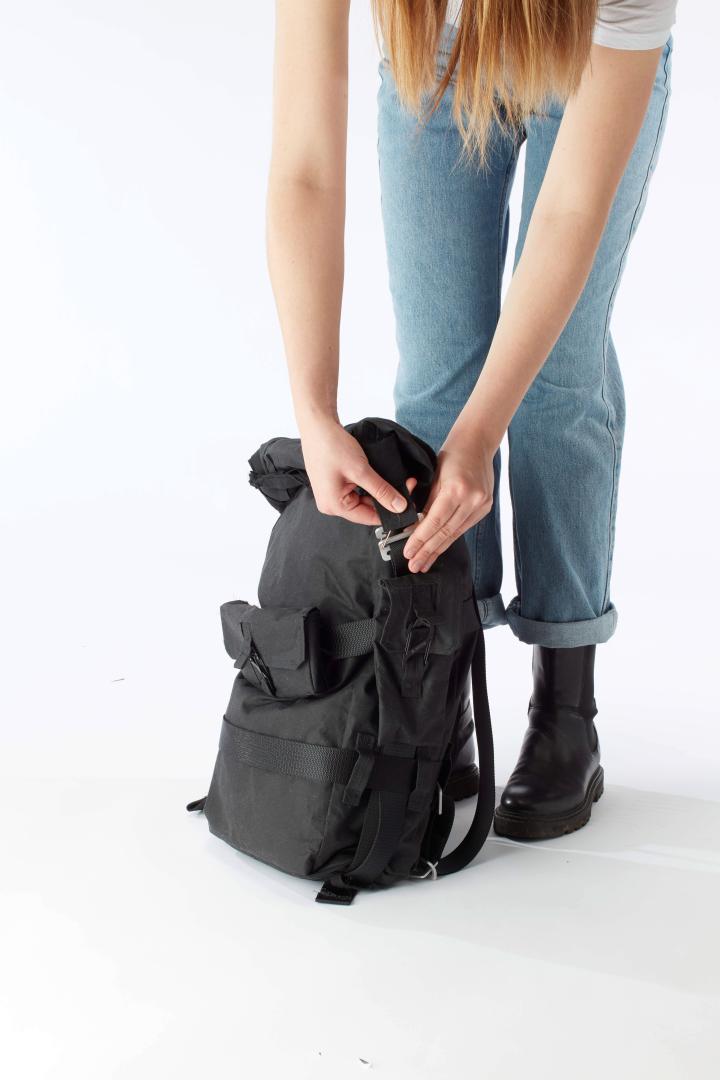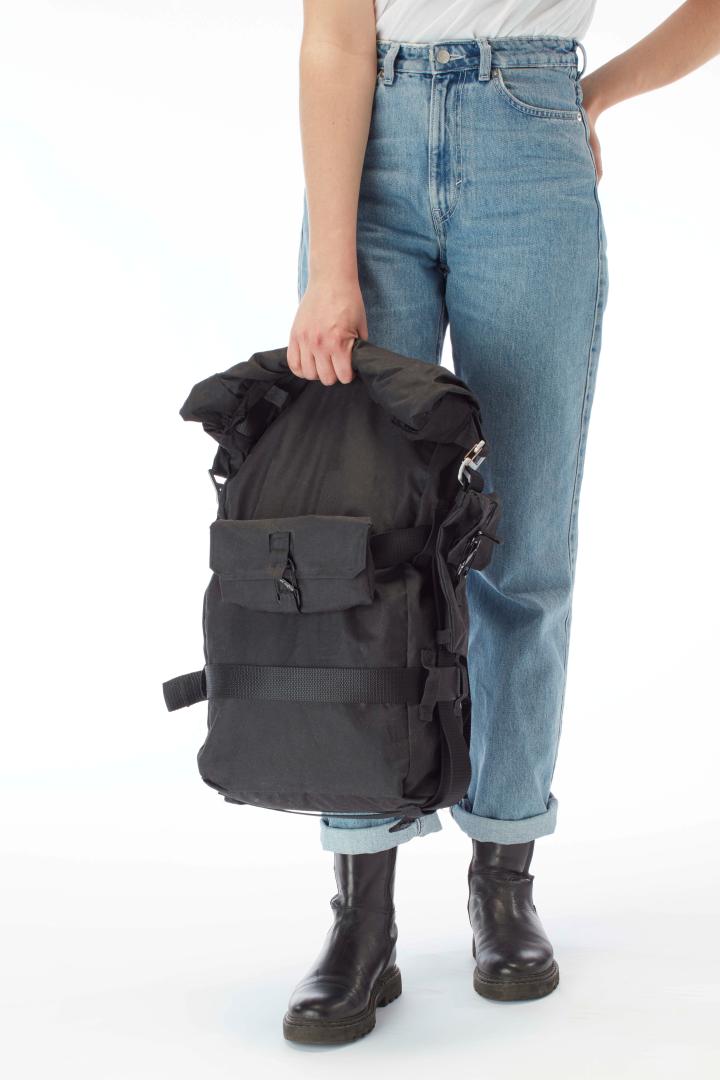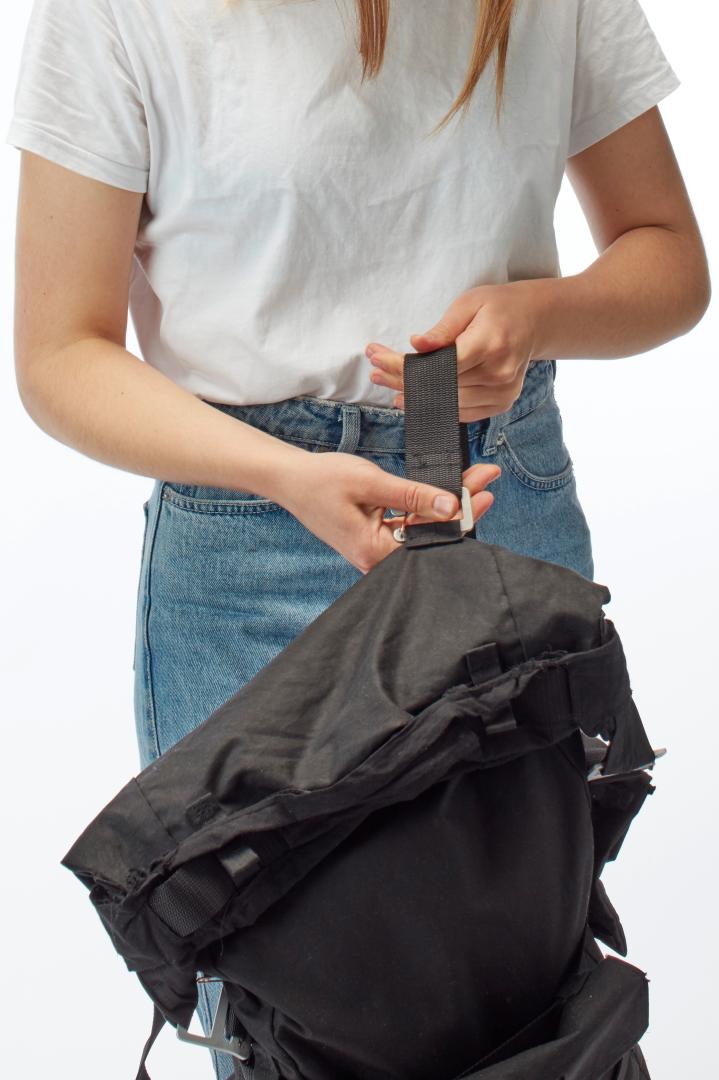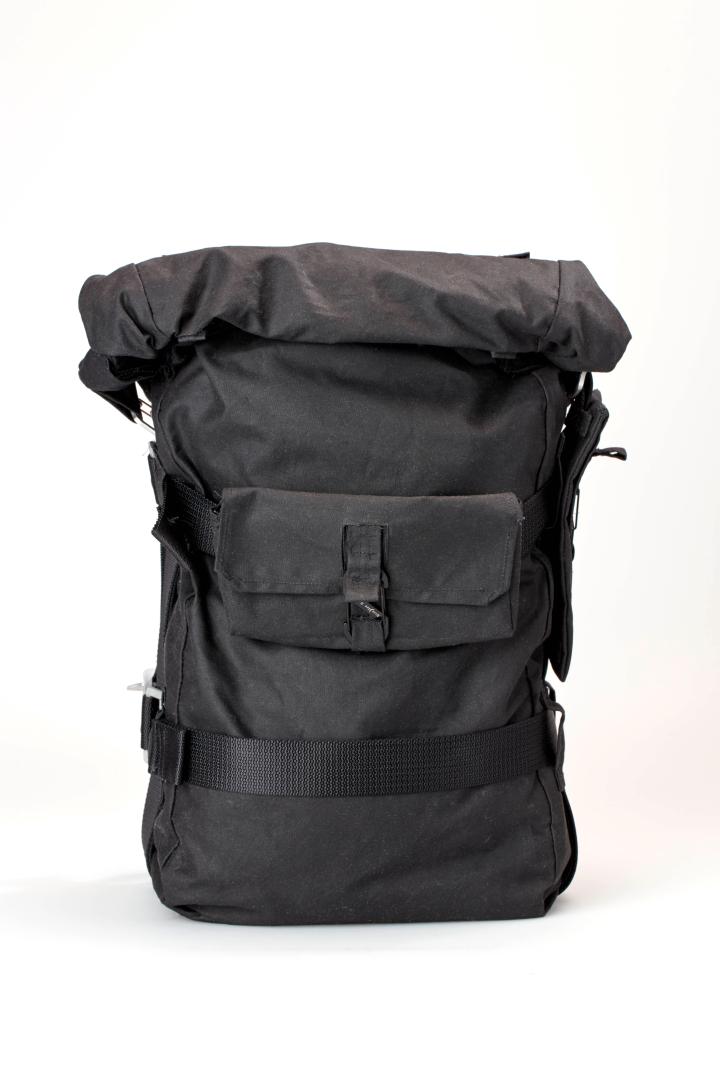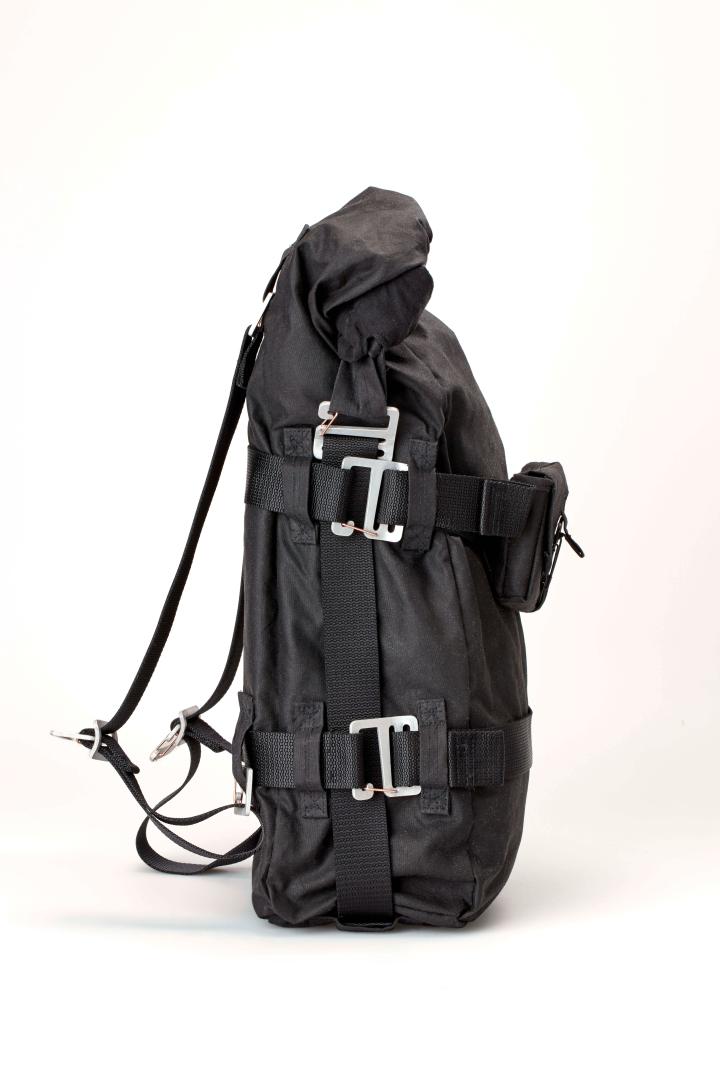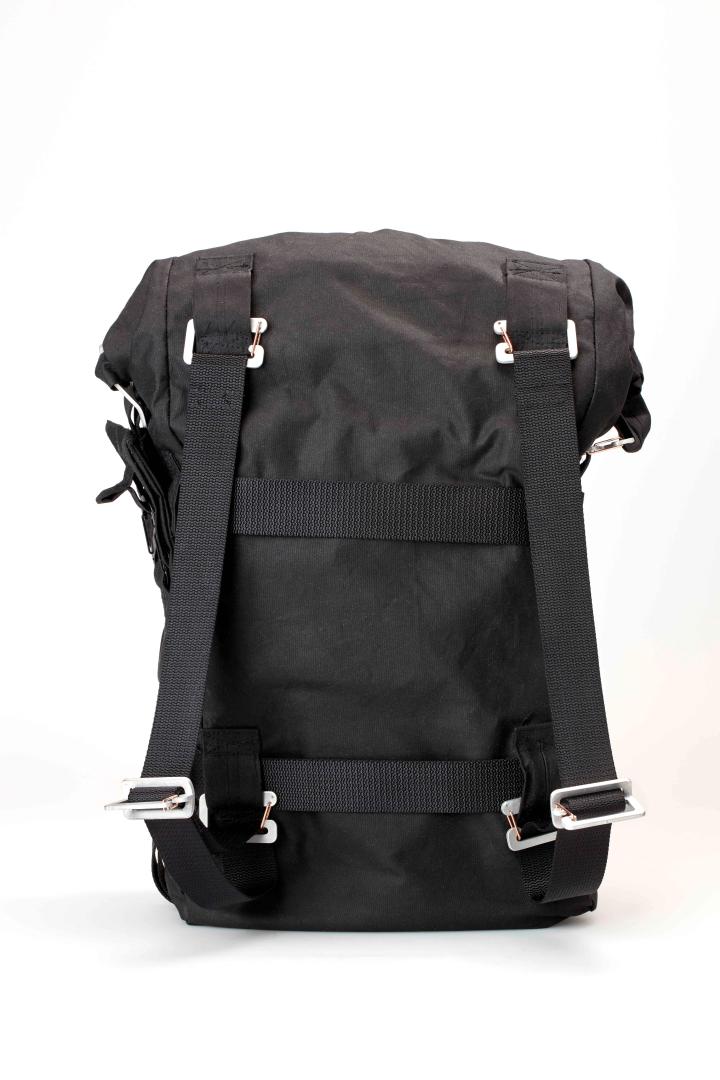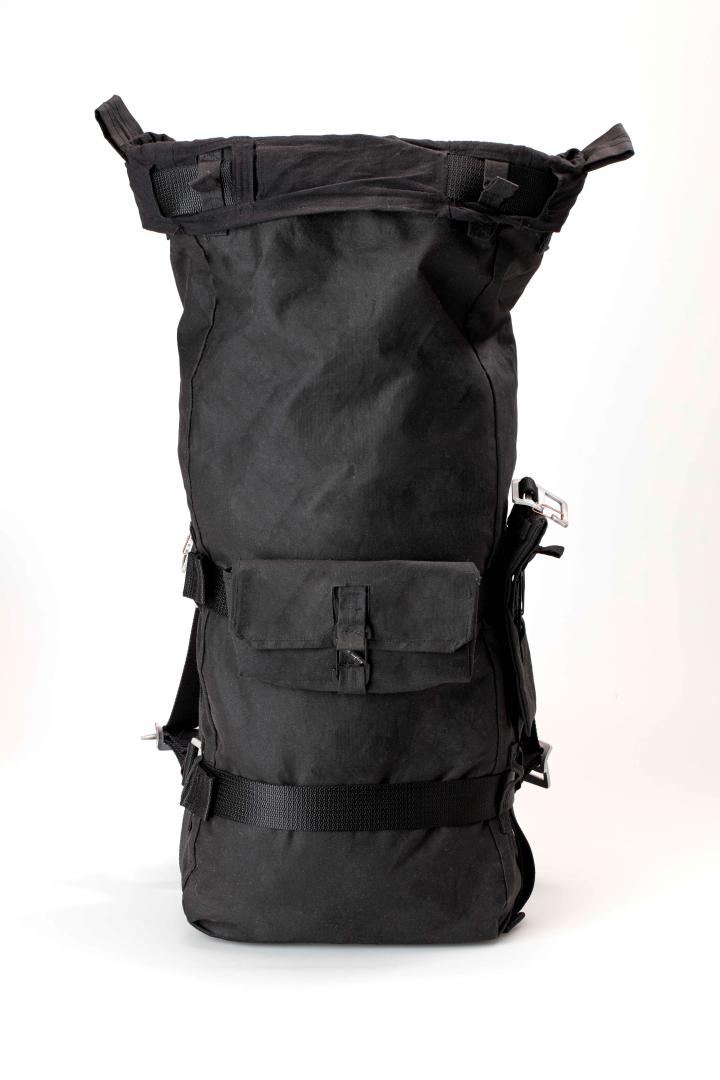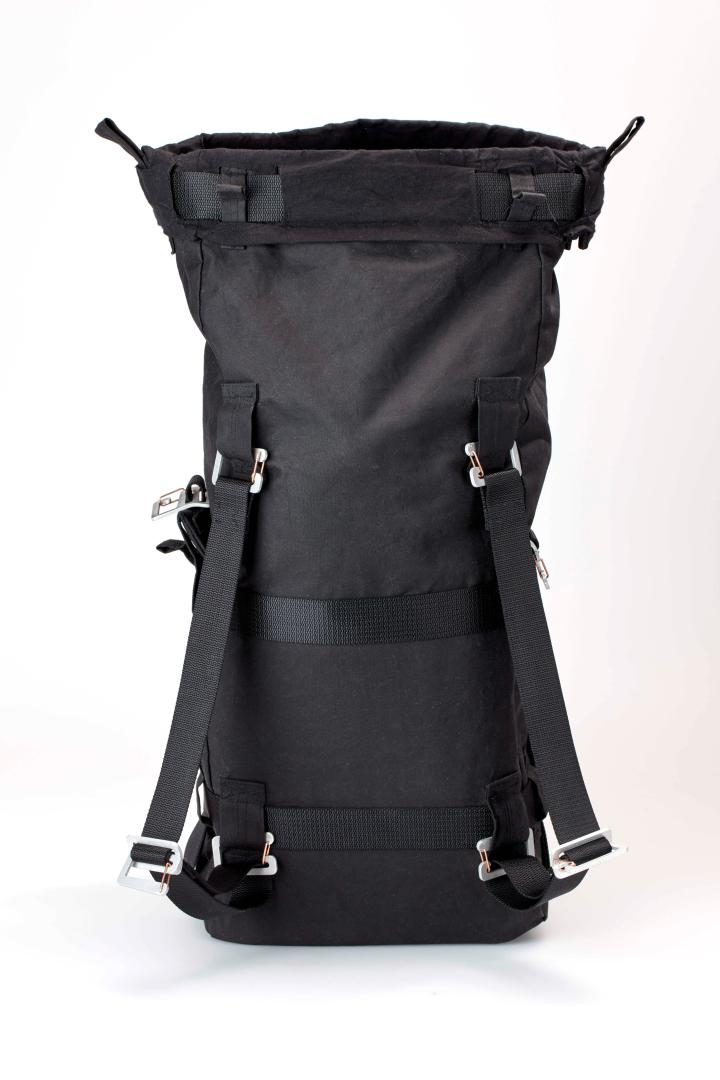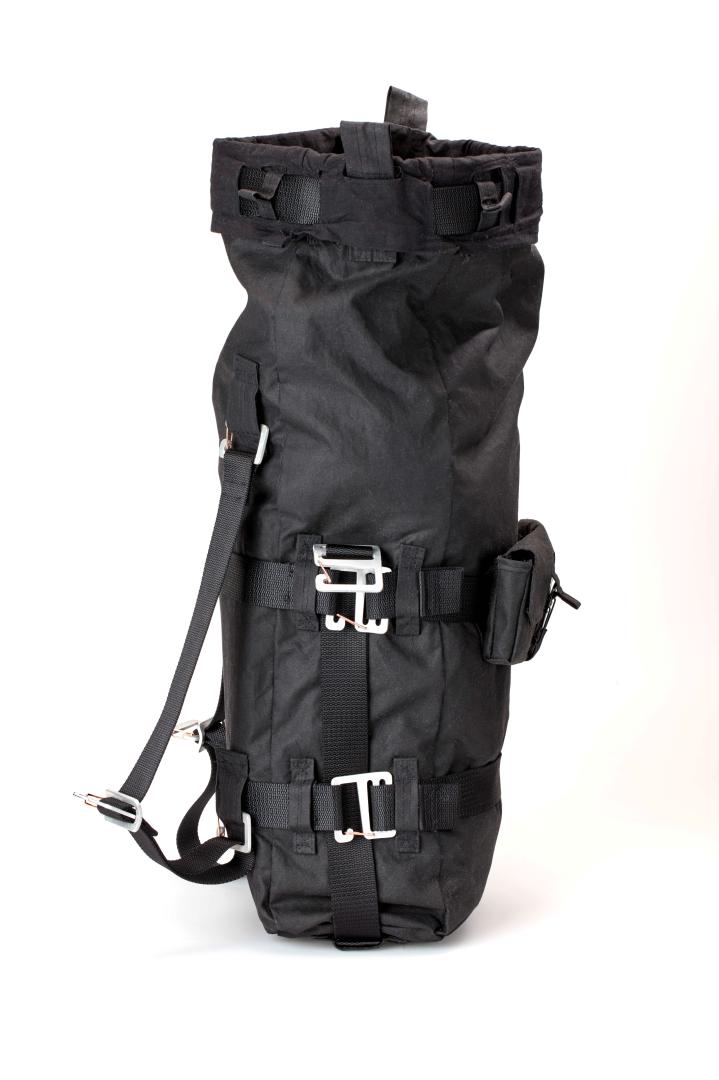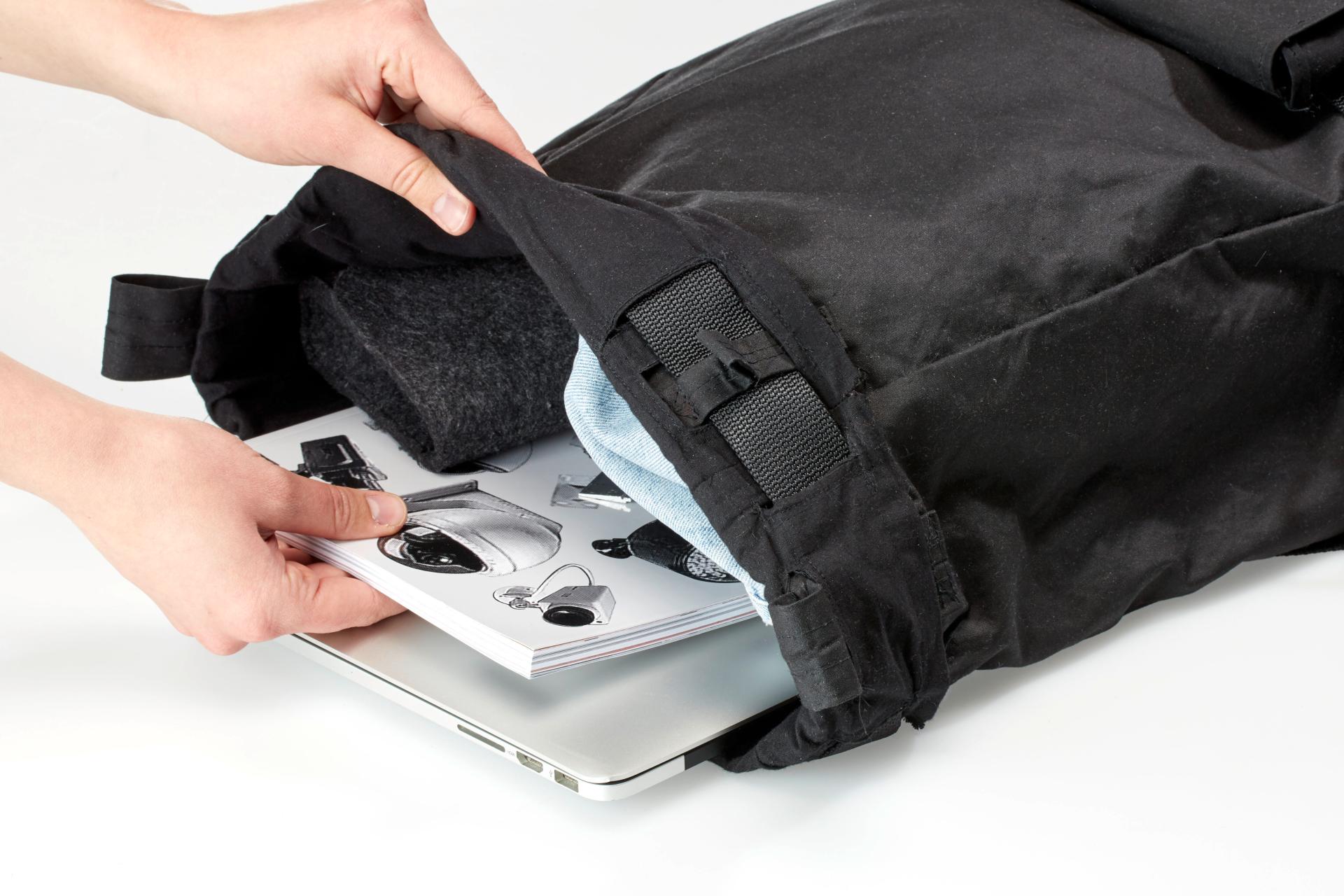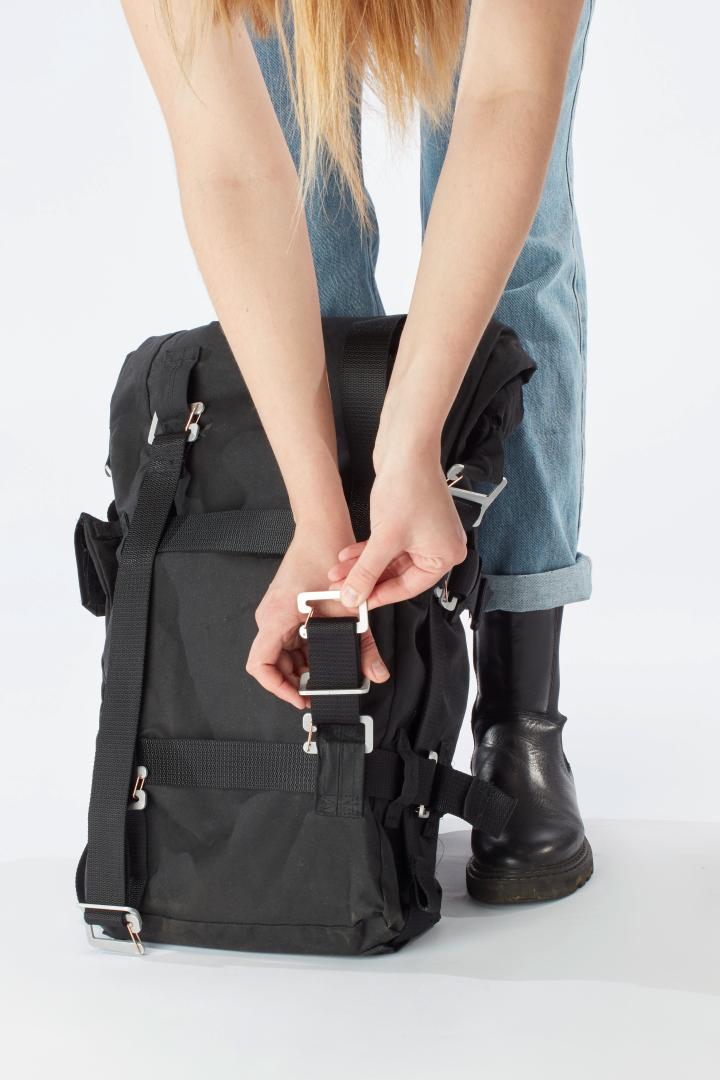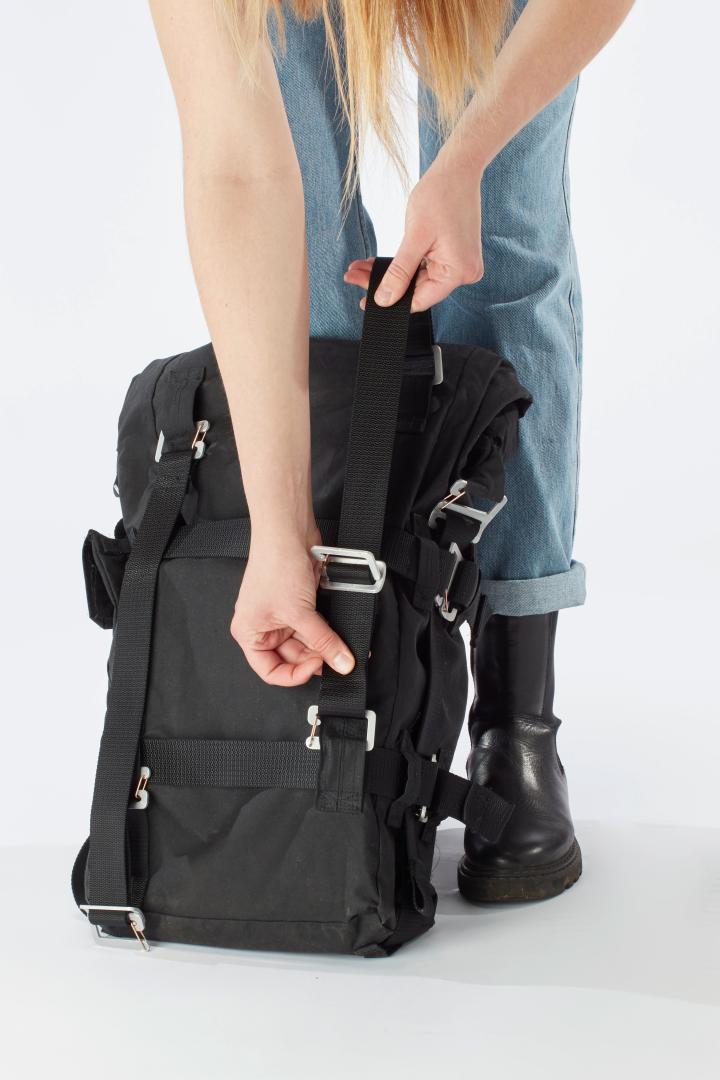Konglomerat
Basic information
Project Title
Full project title
Category
Project Description
Konglomerat is a design ideological approach, to develop a new product culture, suitable for a circular economy.
Since backpacks are consisting of up to 220 firmly attached parts, made from different materials, they do not get recycled, but burned in the end of their life.
My modular bags are consisting of various components made from different monomaterials.
Every component can be easily attached or detached to form other bag compositions.
Project Region
EU Programme or fund
Description of the project
Summary
Konglomerat is not just a product, rather than a design ideological approach, to develop a new product culture, suitable for a circular economy. It grows from the idea to design products, which empower people to think and act to the needs of an economy, that uses products and its consisting parts as long as possible. Therefore the principles of Konglomerat are transferable to many different product groups.
To provide the idea and conditions of such a system in a tangible example I designed a bag as a placeholder.
Since backpacks are consisting of up to 220 firmly attached parts made from different materials, they do not get recycled, but burned in the end of their life.
Like a geological conglomerate, my modular bags are consisting of various components made from different monomaterials, since compounds are hard to recycle. In consequence every textile is sewn with yarns from the same material and metals are not coated or mixed.
Every component can be easily attached or detached to form other bag compositions. Since they work within this system, they got their own value. Therefore you can trade or share them with other people to update or upgrade your bag conglomerate to your needs.
In consequence the parts of a bag can be used longer than ever before to form new circles of usage and produce less waste.
For the further development the system can be extended to a product family of bags, including temporary used bundles like babycarriers or school satchels.
Key objectives for sustainability
My initiative is about to create new circles of usage. Therefore it can save resources because all components are made to be recycled, but also to be used as long as possible, independently from a single product.
On the other hand the people do have many more options. They don't need to own several bags. Instead they can share, buy or rent the parts they need for the moment they need them and give them away afterwards.
Common parts like belts or carabiner for example have the potential to stay with you, because they are used in every bag of the system. You will grow old and they will aswell. Therefore you can personalize them or just enjoy watching how the materials get their marks over time.
That is why it is also important to learn that you have to appreciate materials that grow old with dignity, like metals, leather or natural waxed canvas.
The project is made to change thoughts and the way we proceed with products in general. If the people start to realize again that every product is a sum of parts you can use independently, it would be the start of a much more conscious product culture.
Key objectives for aesthetics and quality
The aesthetics of my bag system are the aesthetics of a transformative design approach. That means, you can see and feel the difference by using the bag and sharing its parts with other people. It is made to look and feel slightly different than usual products.
Its minimal design paired with pure materials and a functional character make Konglomerat a product for the big changes of our century.
Key objectives for inclusion
Konglomerat is an open system. Therefore it does not have a particular target group, but many. Right now there is only the prototype of a rolltop backpack and two hip bags. But many more bags could arise from the system. Especially temporary used carriage solutions are interesting for me. Baby carriers, trekking bags, or school satchels for example are only used for a short period of time.
In the end the Konglomerat system could cover the whole carriage sector.
Therefore it's easy to produce. In consequence it should be easily affordable for most of the people.
Innovative character
Modularity is nothing new. But rethinking modules in monomaterials changes the way of usage and makes it much easier to recycle the materials that are being used.
The construction is comprehensible and the usage is already known from daily actions like using a belt, a carabiner or a rolltop of course.
For the users nothing much changed. And I think this is a very important fact for the economics of this upcoming bag company.
For the planet on the other hand it changes a lot. Bags are part of the very wasteful textile and fashion industry. Saving resources while establishing a new market for used and repairable parts could open new fields of sharing and trading components instead of products only.

